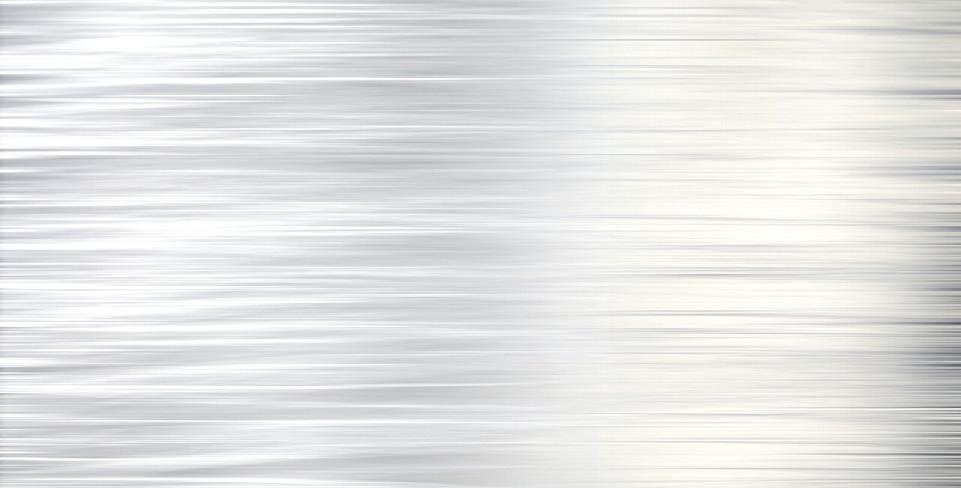
4 minute read
SERVICE BITS

Service
Advertisement

• On Feb. 27, 1693, England's first women's magazine, The Ladies Mercury, debuted. With a print run of just four weeks, each single-sheet, double-sided issue consisted of an advice column addressing "all the most nice and curious questions concerning love, marriage, behavior, dress and humor of the female sex, whether virgins, wives or widows."
• On March 5, 1774, John Hancock delivered the fourth annual Massacre Day speech, commemorating the Boston Massacre in which British soldiers killed five men in a crowd on King Street. Hancock's oration and denunciation of the presence of British troops in Boston increased his standing as a leading patriot.
• On March 1, 1869, U.S. postage stamps featuring scenes were issued for the first time. The pictorials included a post horse and rider, a locomotive, a shield, an eagle and a ship, and the Adriatic Sea. Prior to that time, the stamps had only depicted portraits of dead statesmen.
• On March 4, 1960, actress-comedienne Lucille Ball filed for divorce from Cuban-American singer and bandleader Desi Arnaz, citing his drinking and infidelity, after 14 years of marriage. The couple most memorably earned a place in American hearts as Ricky and Lucy Ricardo on their 1950s TV sitcom "I Love Lucy."
• On March 2, 1962, Philadelphia Warriors center Wilt Chamberlain scored 100 points, the most ever by an NBA player in a single game, in a match with the New York Knicks in Hershey, Pennsylvania, with a final winning score for the Warriors of 169-147. Six decades later, Chamberlain's record still remains unbroken.
• On March 3, 1991, motorist Rodney King's severe beating at the hands of Los Angeles police officers was captured on an amateur video taken by bystander George Holliday from a nearby balcony, which later led to riots when the officers were acquitted. King had been stopped and arrested for driving while intoxicated on the interstate.

• The hoopoe is a colorful bird found in Africa and parts of Asia. When it lays an egg, it covers the shell with a bacteria-laden fluid secreted from a gland under its tail. The bacteria release antibiotics which stop other more dangerous microbes from infiltrating the eggshell and infecting the chicks inside.
• The eggs of a typical hummingbird are the size of a kidney bean or smaller.
• Cuckoos are famous for laying their eggs in other birds’ nests, forcing the adoptive parents to raise the imposter chicks. But a bird called the blackcap is able to tell a cuckoo’s egg from its own eggs, and consistently throws the intruding eggs out of the nest
• The Australian mallee fowl buries its eggs in sand. When the chicks hatch, they have to struggle out from under a mound of sand after breaking out of their egg.
• An average bird egg the size of a chicken egg can have around 17,000 pores.
• The mature yolk of an ostrich egg is the biggest single cell found in nature.
• Ostrich eggs weigh around 3 lbs., which was a factor leading to the decimation of their numbers, because the eggs are tasty and very nutritious. The giant eggs are the largest of any living bird, although they are actually the smallest eggs relative to the size of the adult bird.
• The kiwi of New Zealand lays the largest egg relative to body weight. A single egg, which takes 4 to 5 days to be laid, weighs about a pound. The mother only weighs about 4 lbs. herself. After she lays the egg, the male takes over incubation, guarding the egg for the next 10 weeks.
• The eggshell serves as a calcium supply for the growing embryo. As the embryo matures, the shell slowly becomes thinner and the hatchling has an easier time breaking through.
• A bird called the rainbow pitta is native to Australia. It’s a strikingly beautiful bird with brightly colored plumage. It builds its footballshaped nest in the forest with a bird-size hole for an entrance. But the eggs are often eaten by snakes, which are able to smell the eggs from a distance. To protect against this, the pitta collects wallaby dung. Wallabies are marsupials related to the kangaroo. The pitta knows that with a pile of poop at the doorstep, snakes are unable to smell the eggs inside.
• Ovenbirds mix clay with straw, cow patties, and plant debris to make nests that look like little adobe huts. Each nest has two rooms, an entryway and a nesting chamber, which are arranged so that a human hand- or any other predator- is unable to reach the eggs.
• Cowbird eggs have been found in nests of more than 220 other species.
• The eggs of cavity-nesting birds are often plain, but eggs that are laid in more open areas are often marked to help with camouflage.
• Cassowary eggs have the thickest shells, which can be up to one-quarter of an inch thick.
• Egg yolks are one of the few foods that naturally contain Vitamin D.
• Duck eggs are higher in fat and better for baking than chicken eggs.
• The largest known bird egg belongs to the extinct elephant bird. Its eggs were about the size of an American football, or about 11 inches long. The bird was driven to extinction in the 1700s.
• The size of a bird’s egg is relative to the size of its yolk. And, of course, the size of the yolk is relative to the size of the species.
Quiz Answers
1. 2. 3.
4.
5. 6.
Beans Increasing 12 lbs. Pinto bean Lima bean Harry Truman
7. 8. 9.
Antarctica “Bye Bye Love,” by The Everly Brothers in 1957. Montgomery Ward
Sports Answers
1.

2.

3.
NFC won 13 straight (1984-1996); Longest streak by AFC is 5. 22 times. Jim Abbott


4. 5. 6. 7.
60% 0% Ad court Nolan Ryan 100.8 mph (9-7-74)



